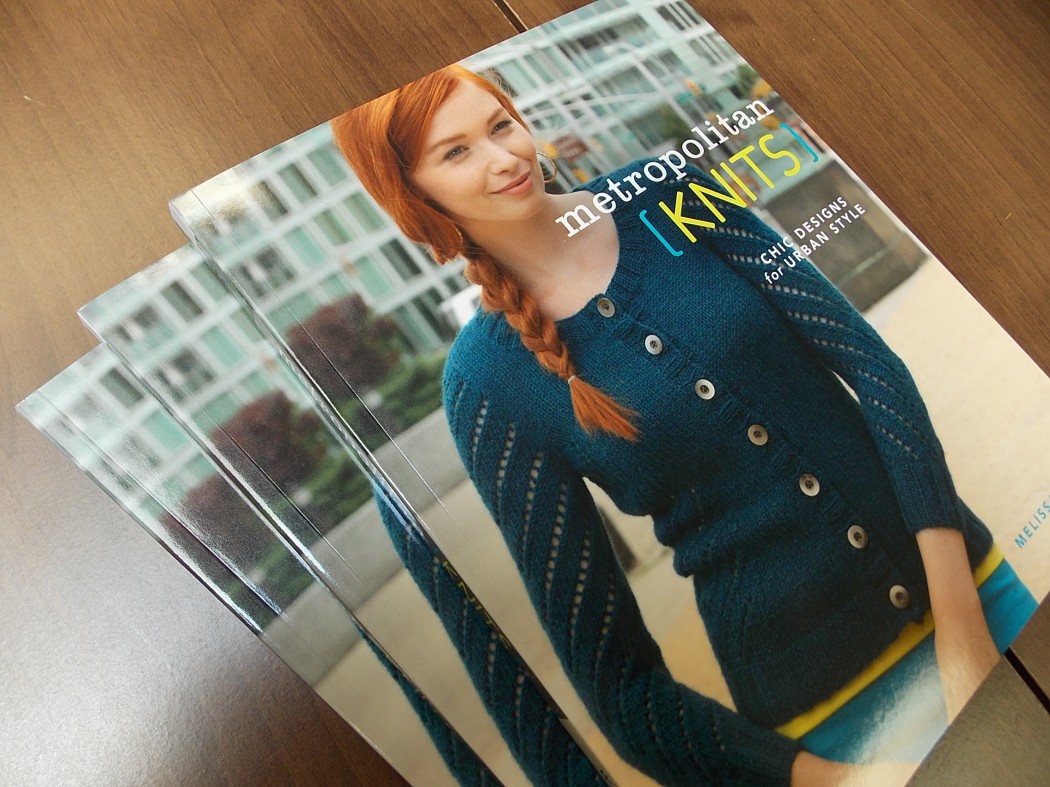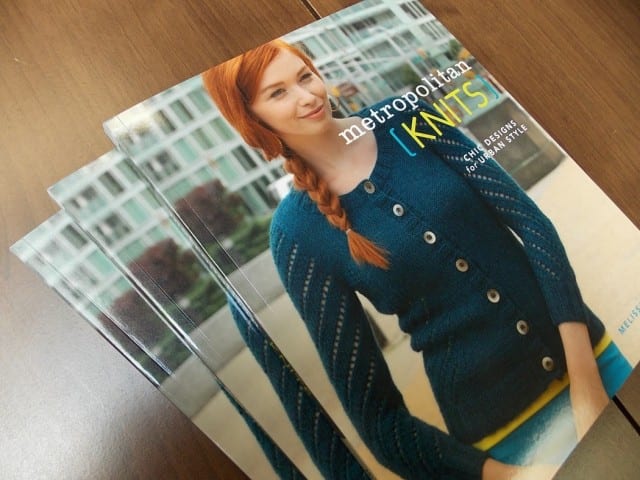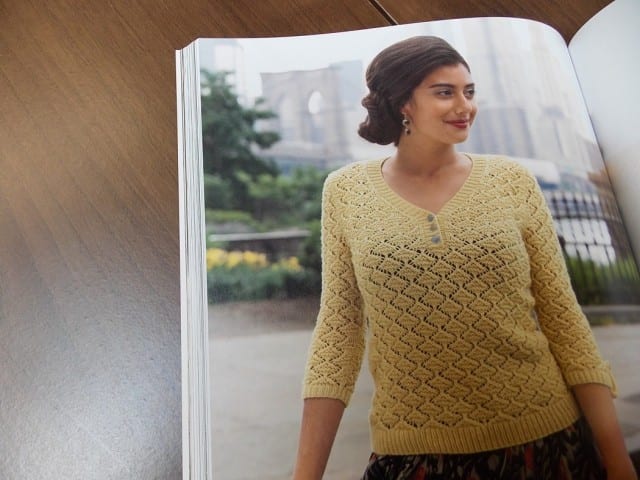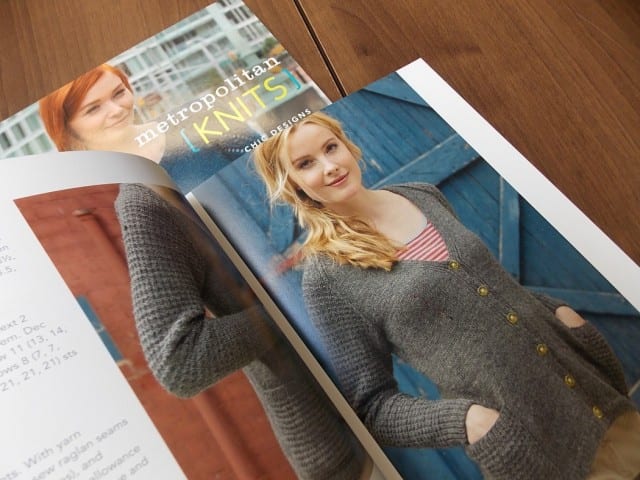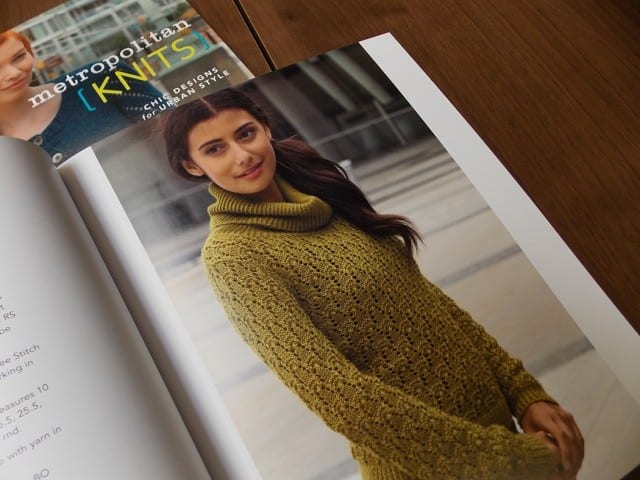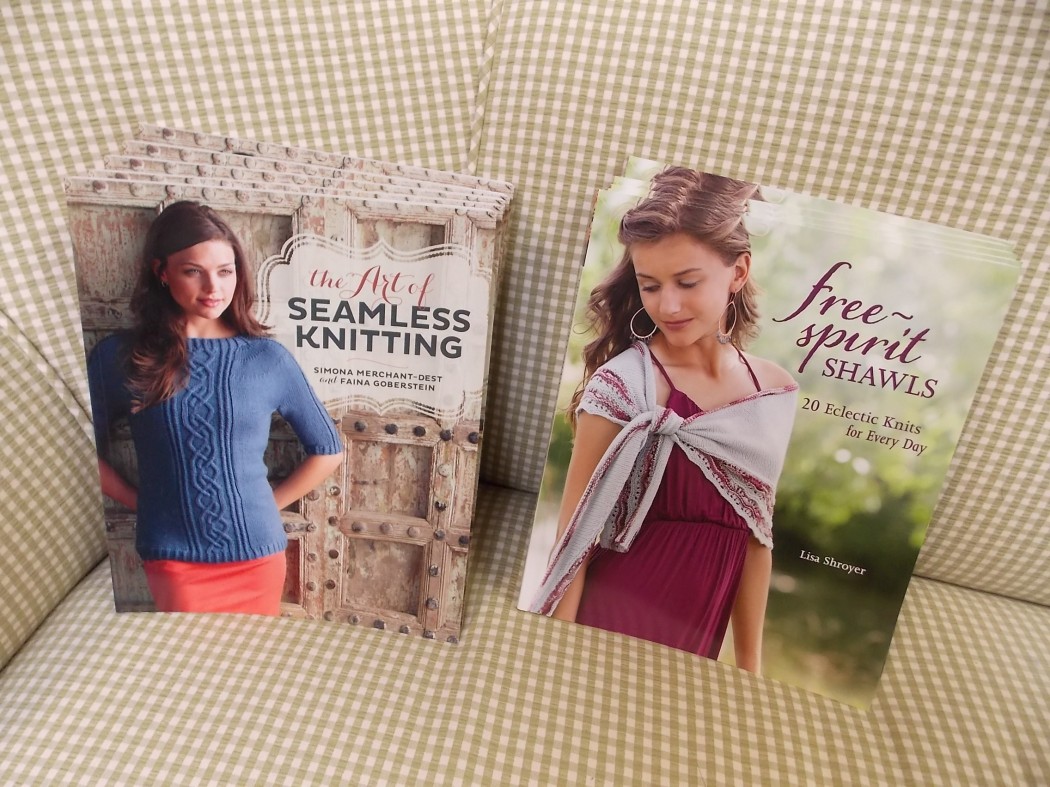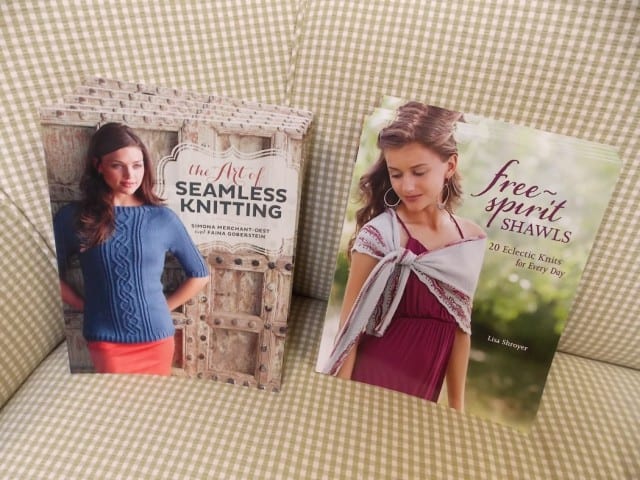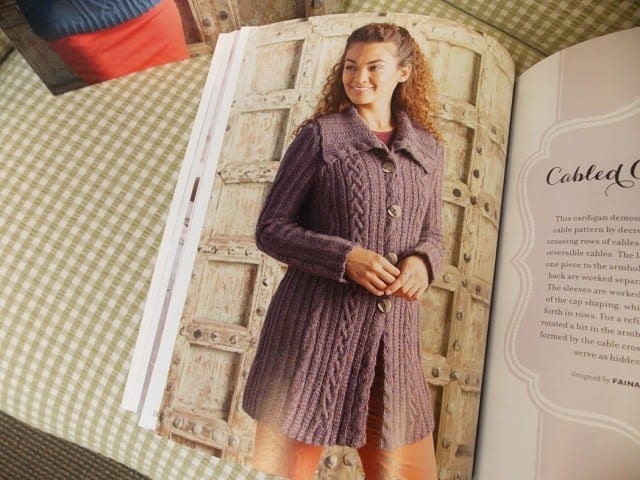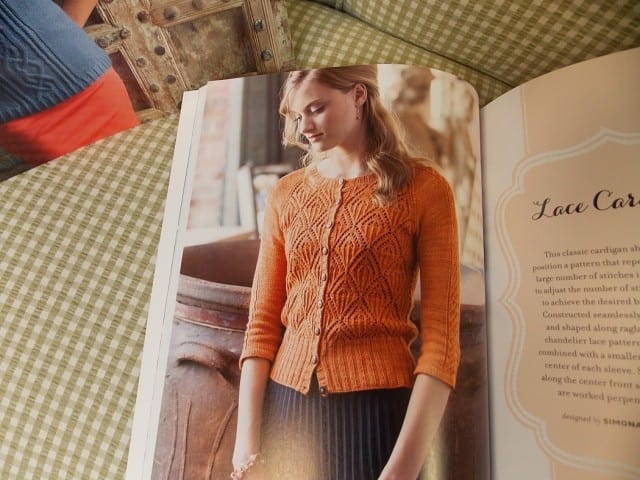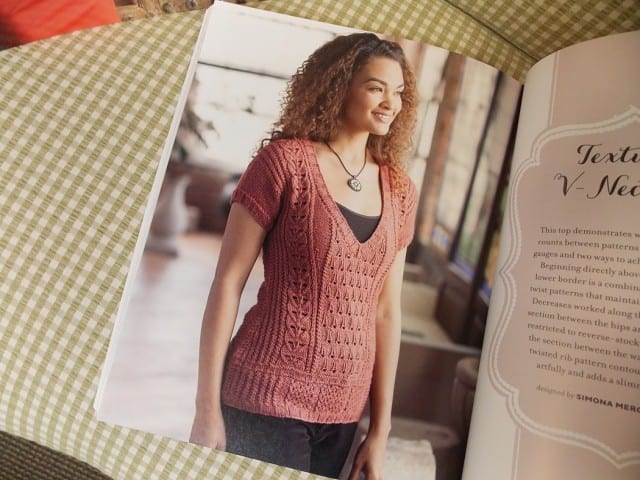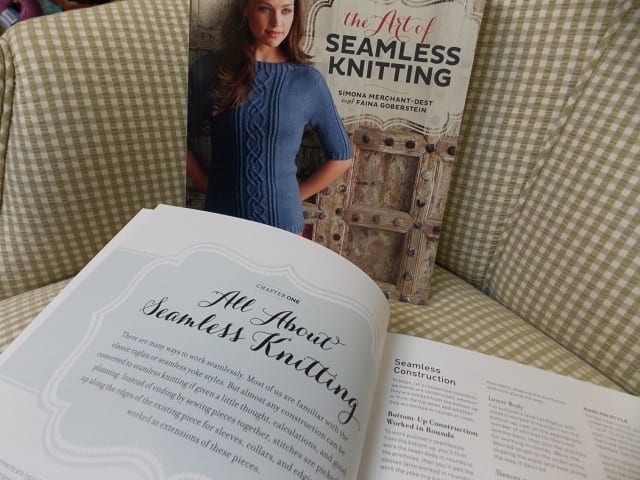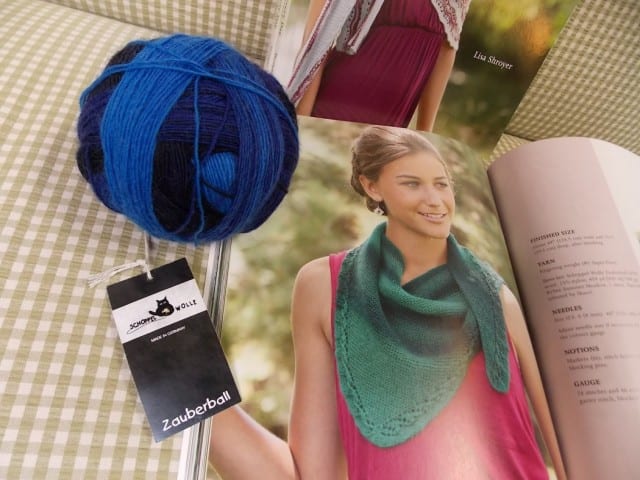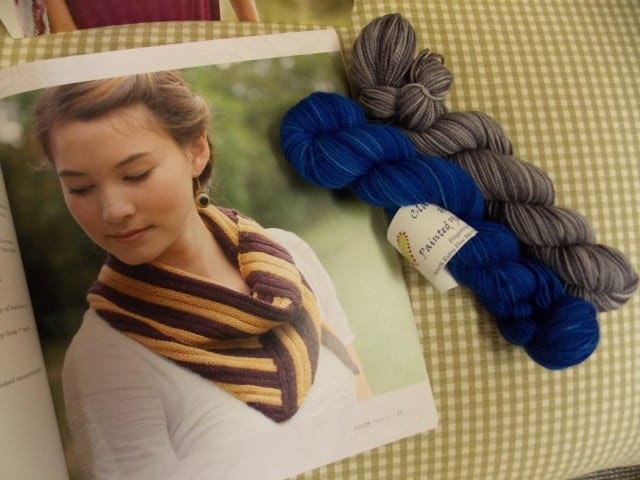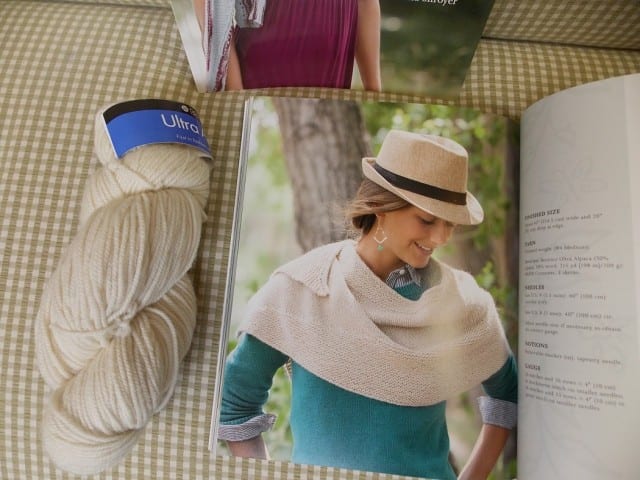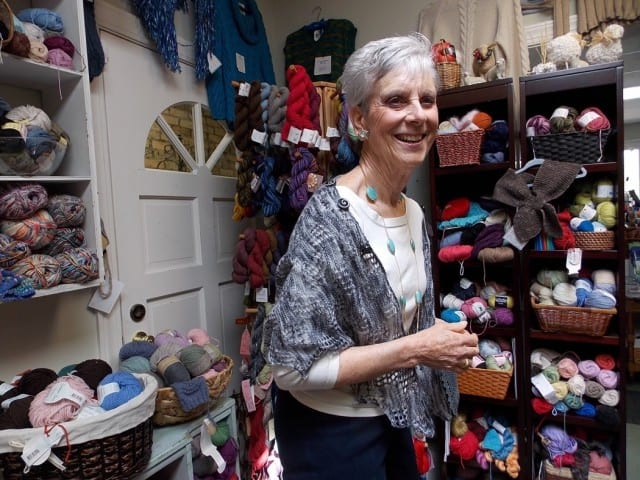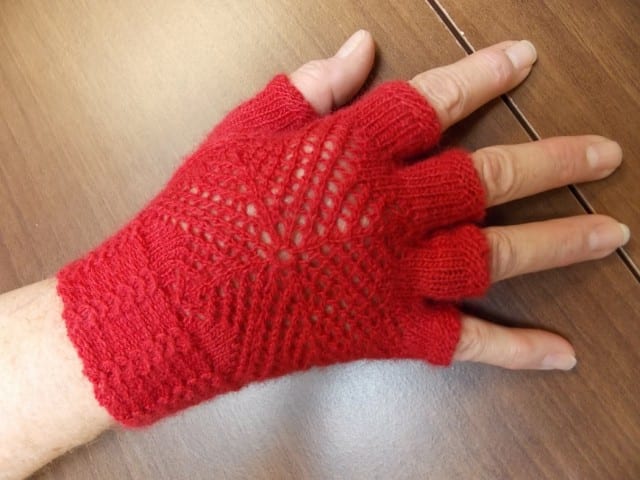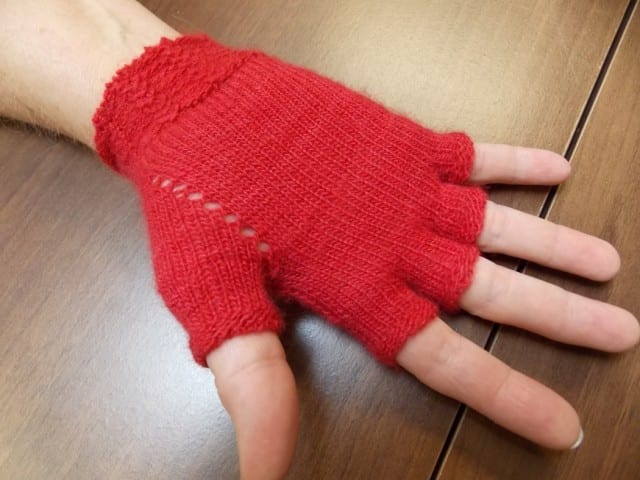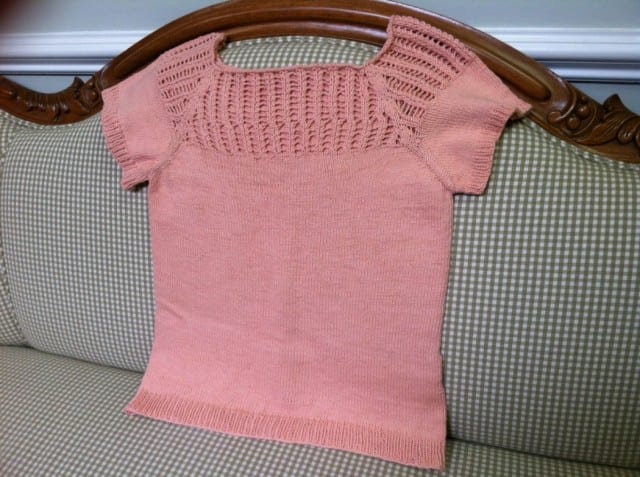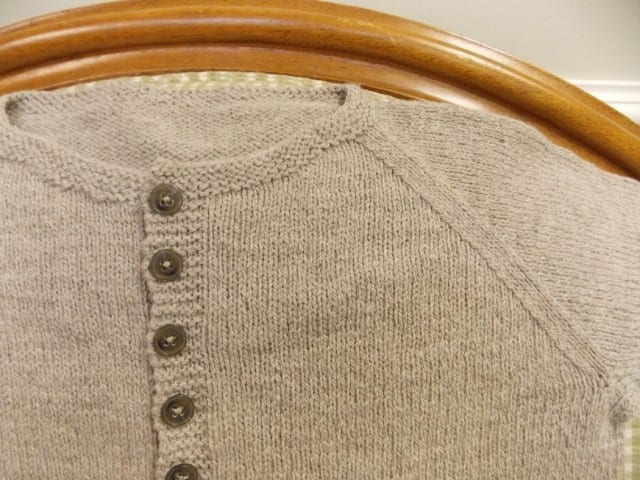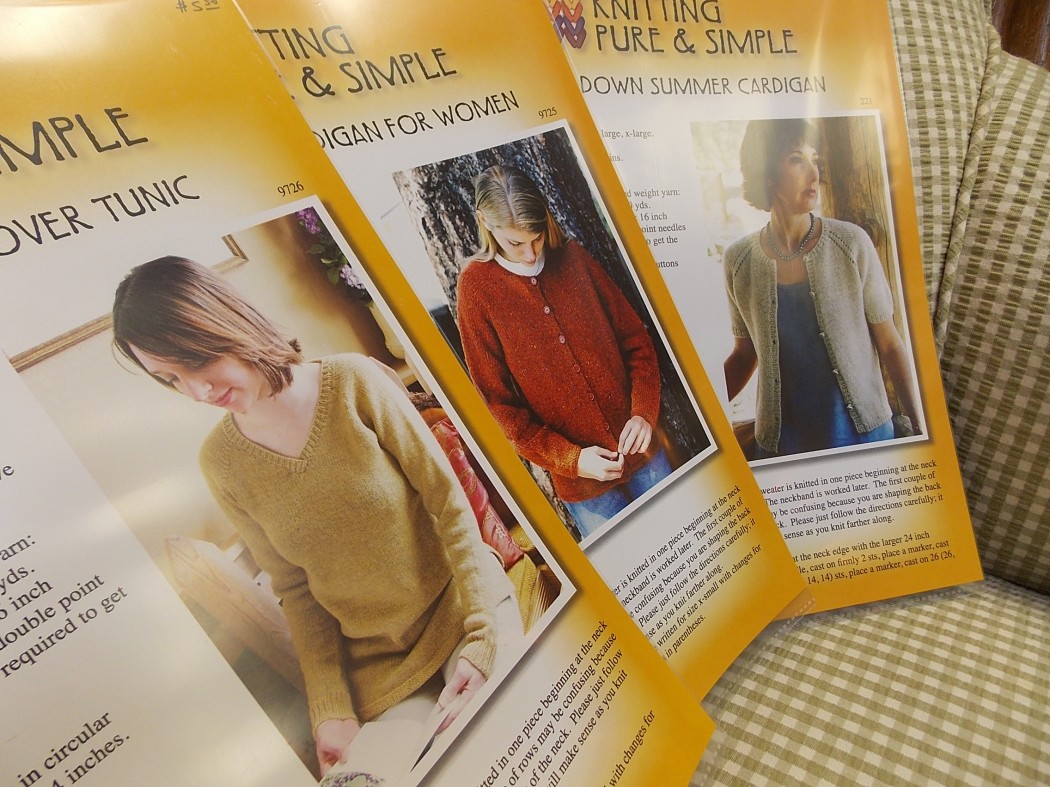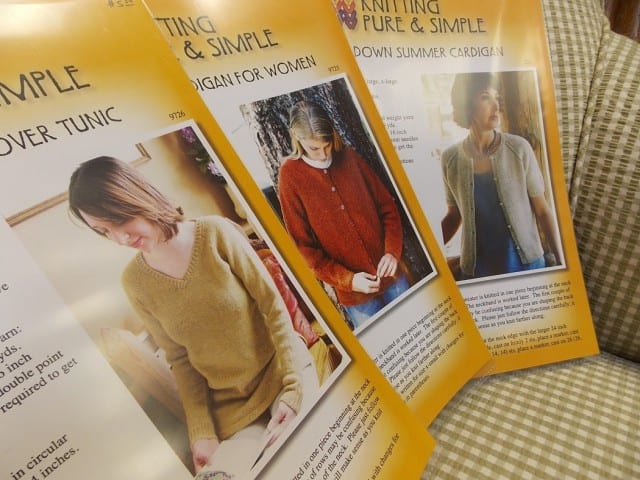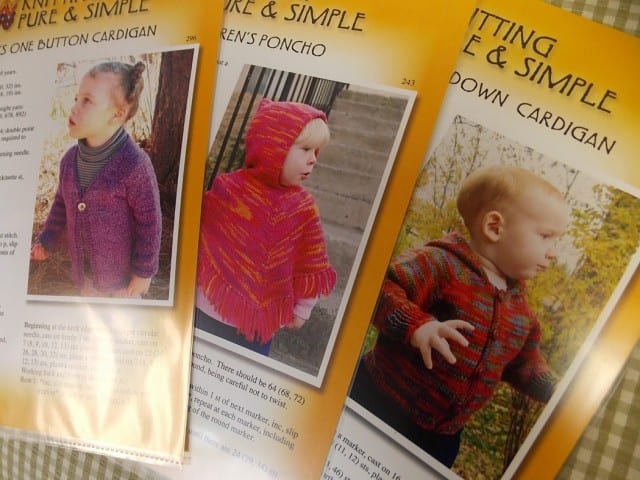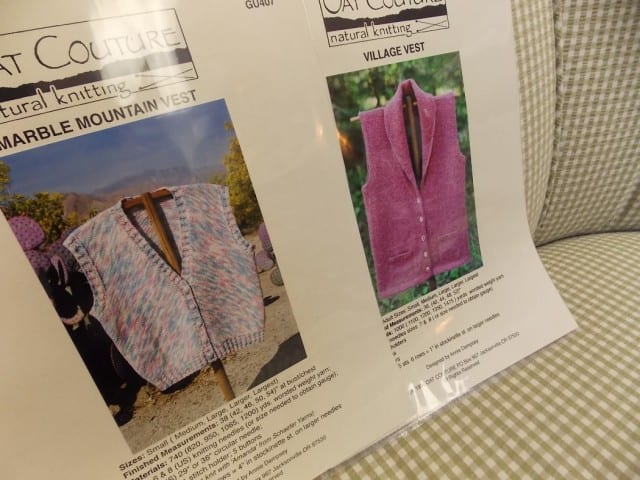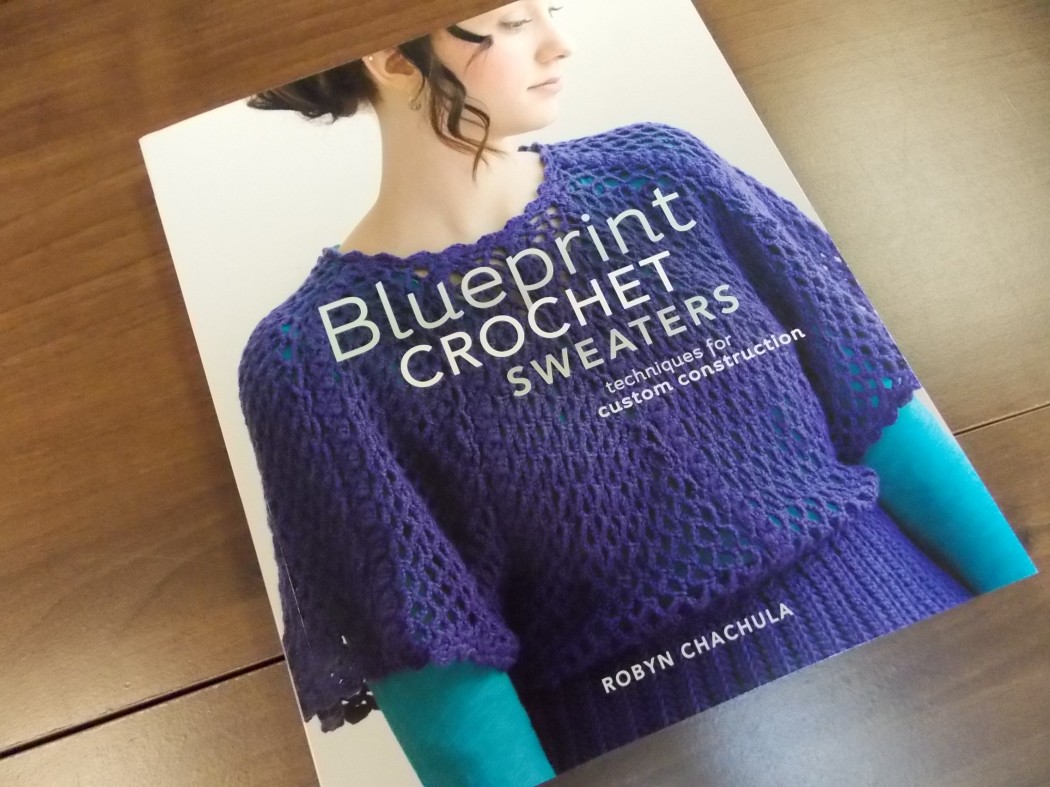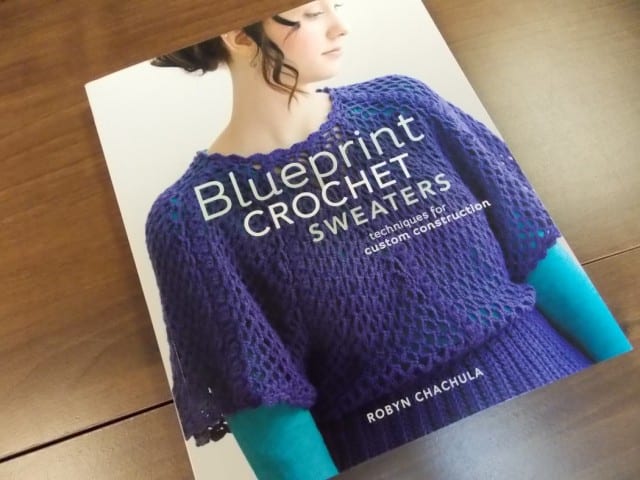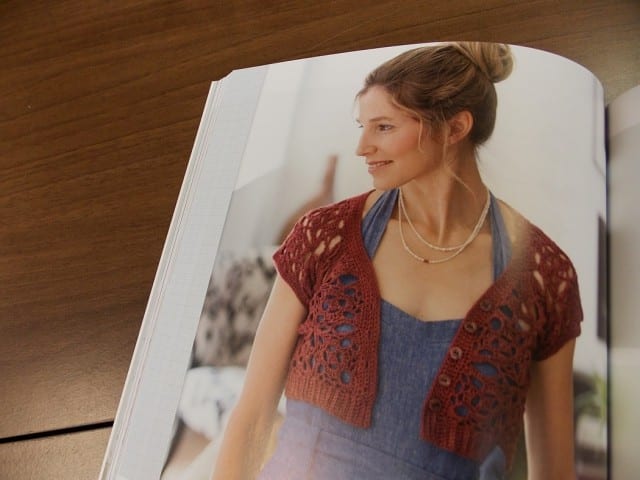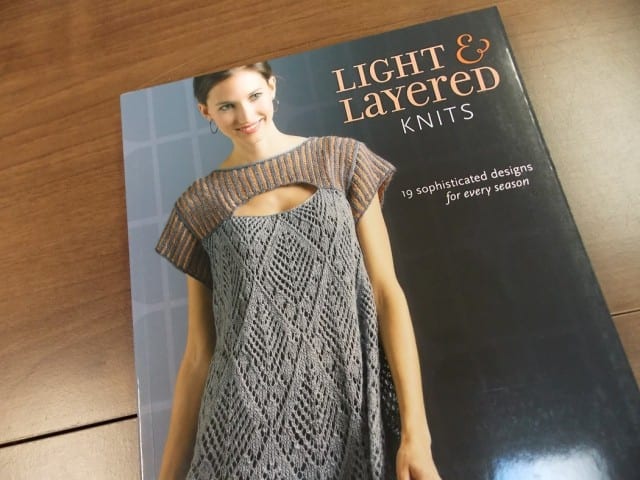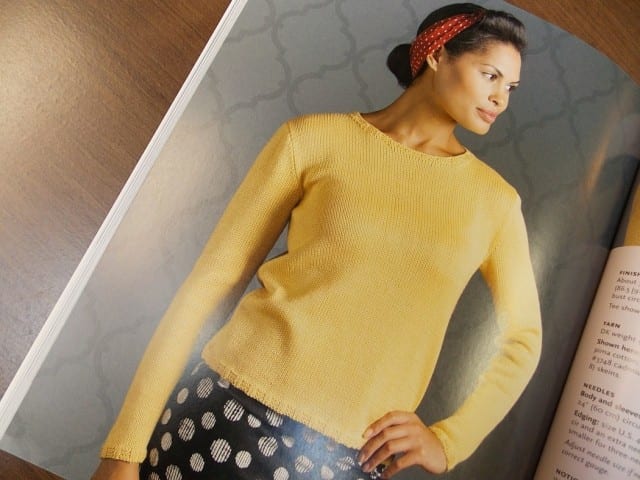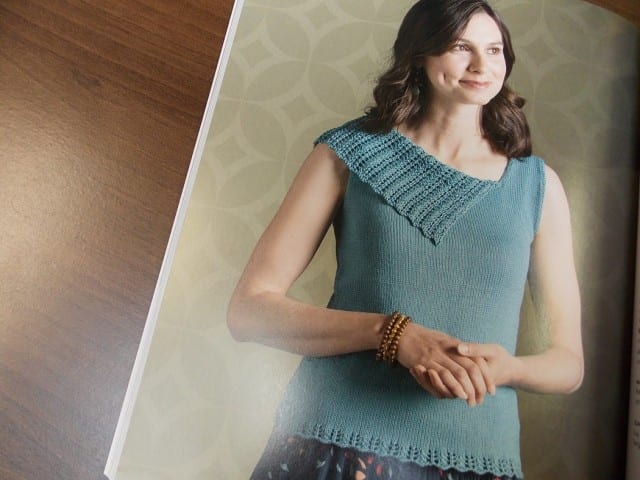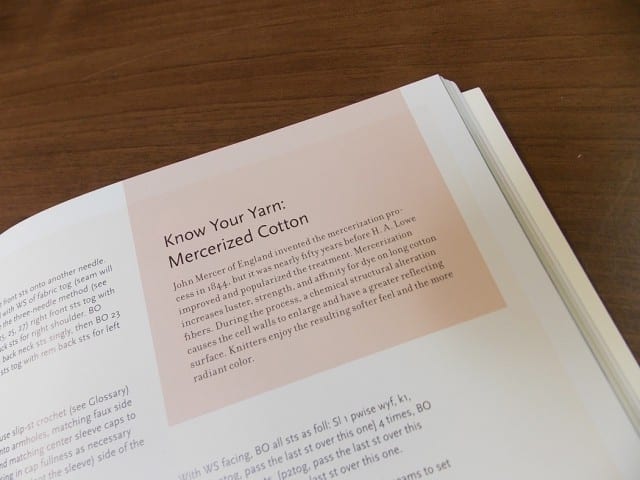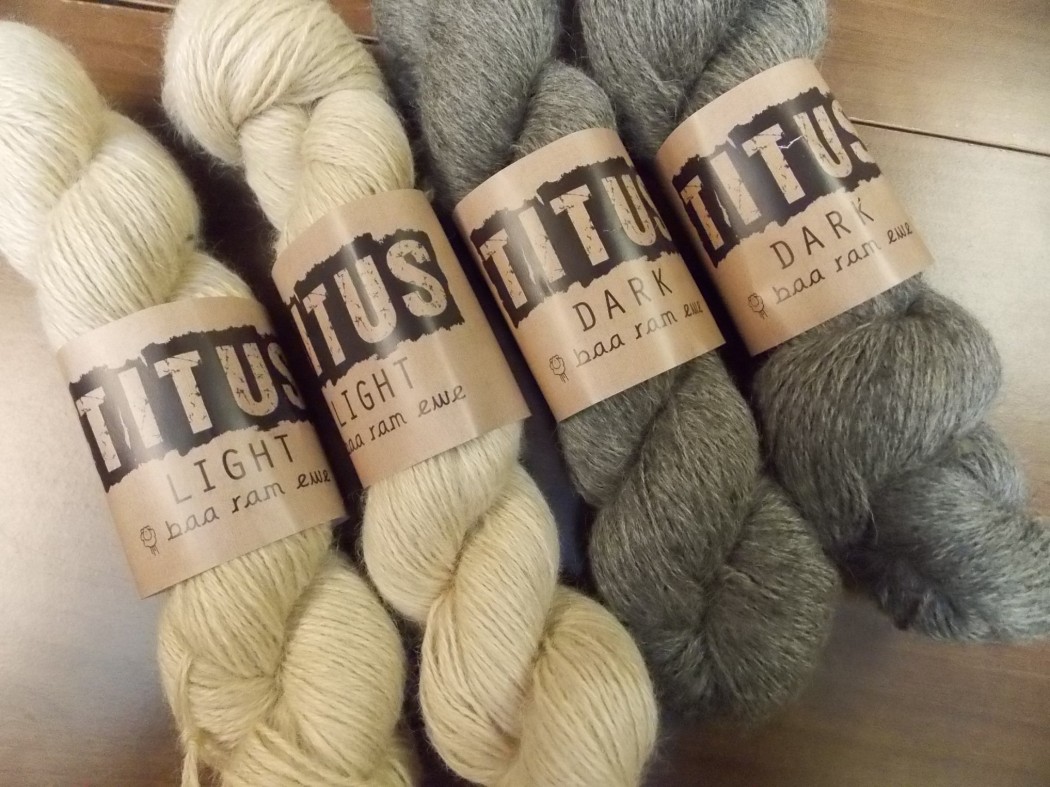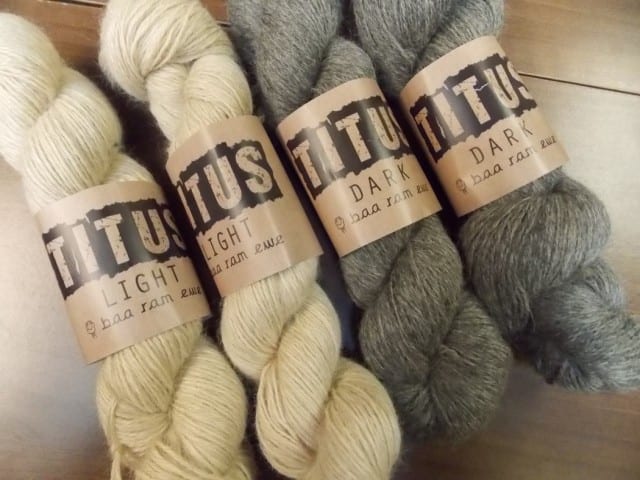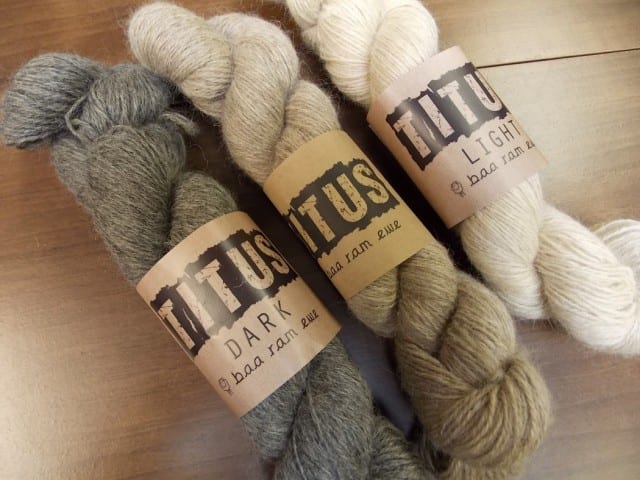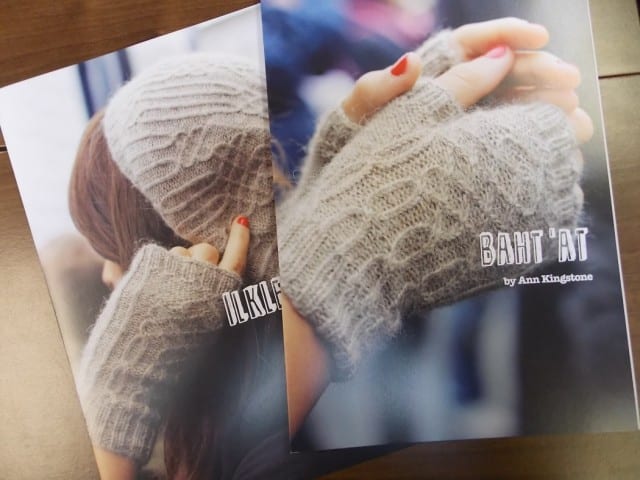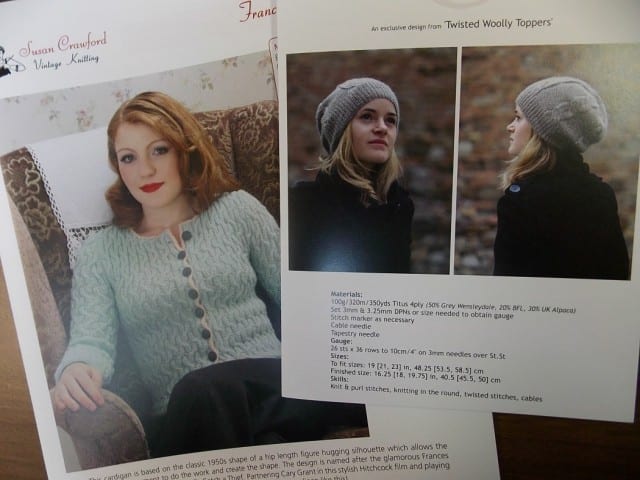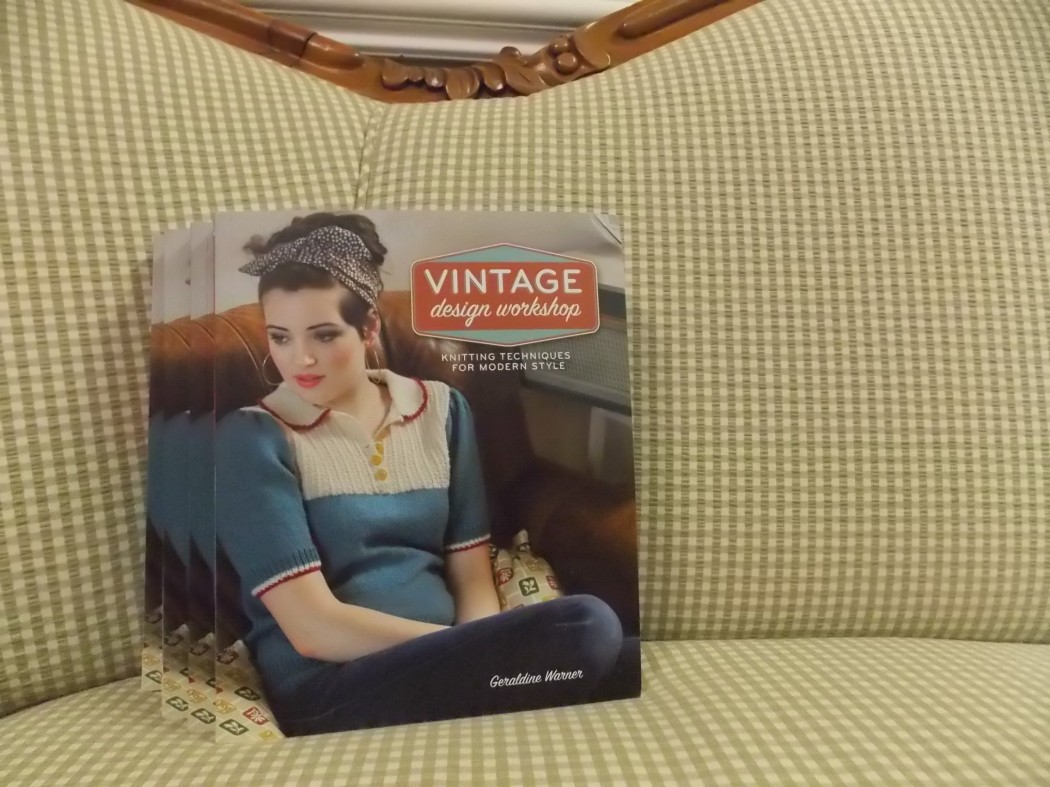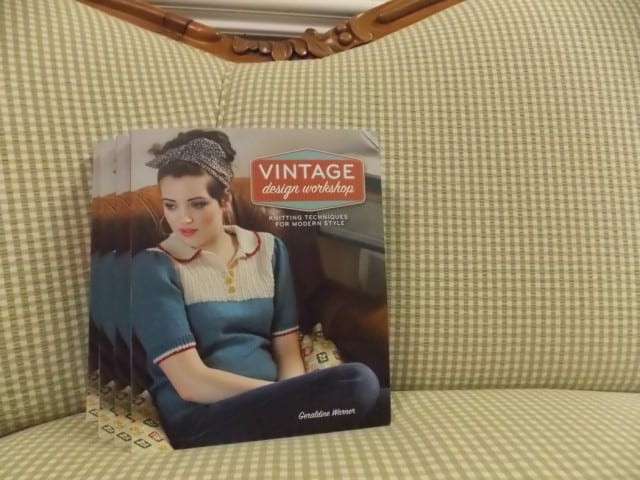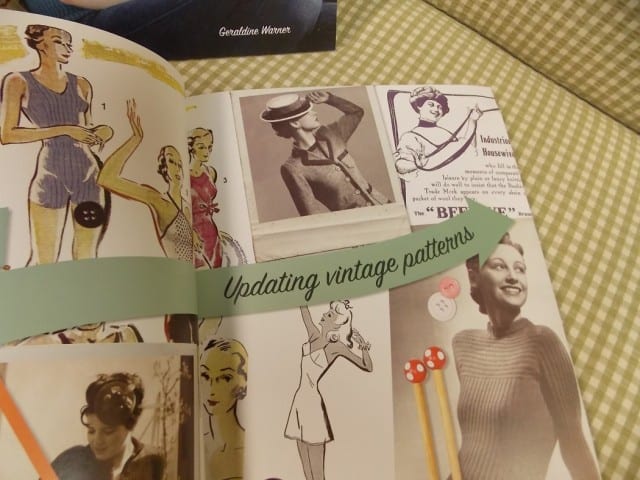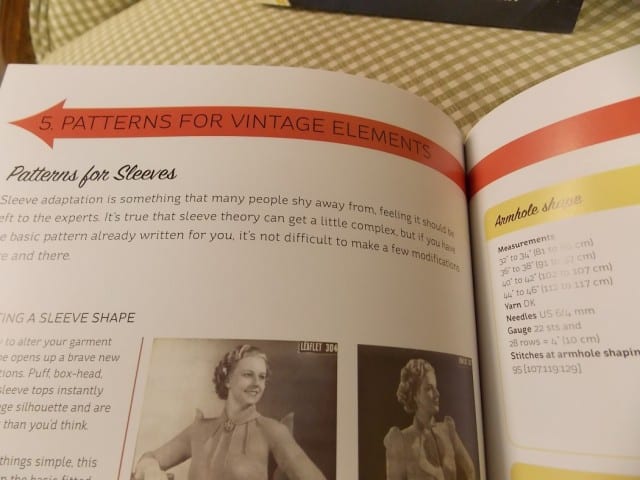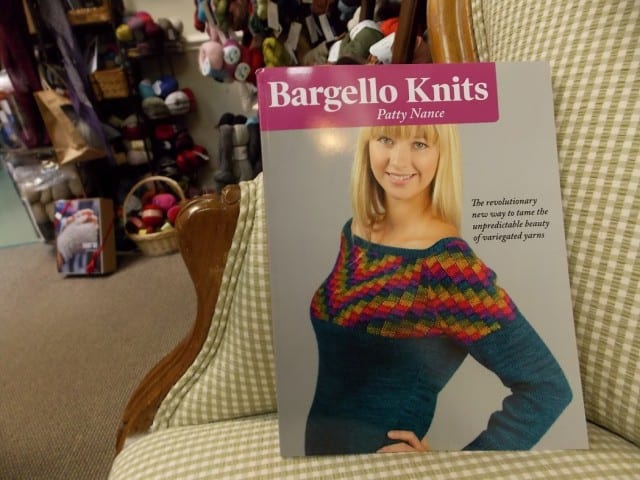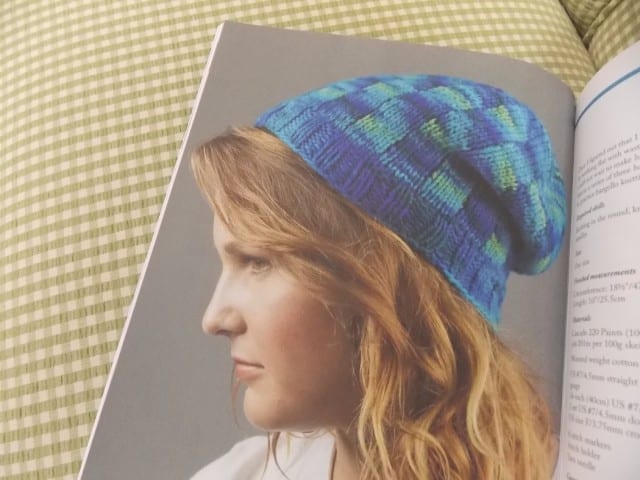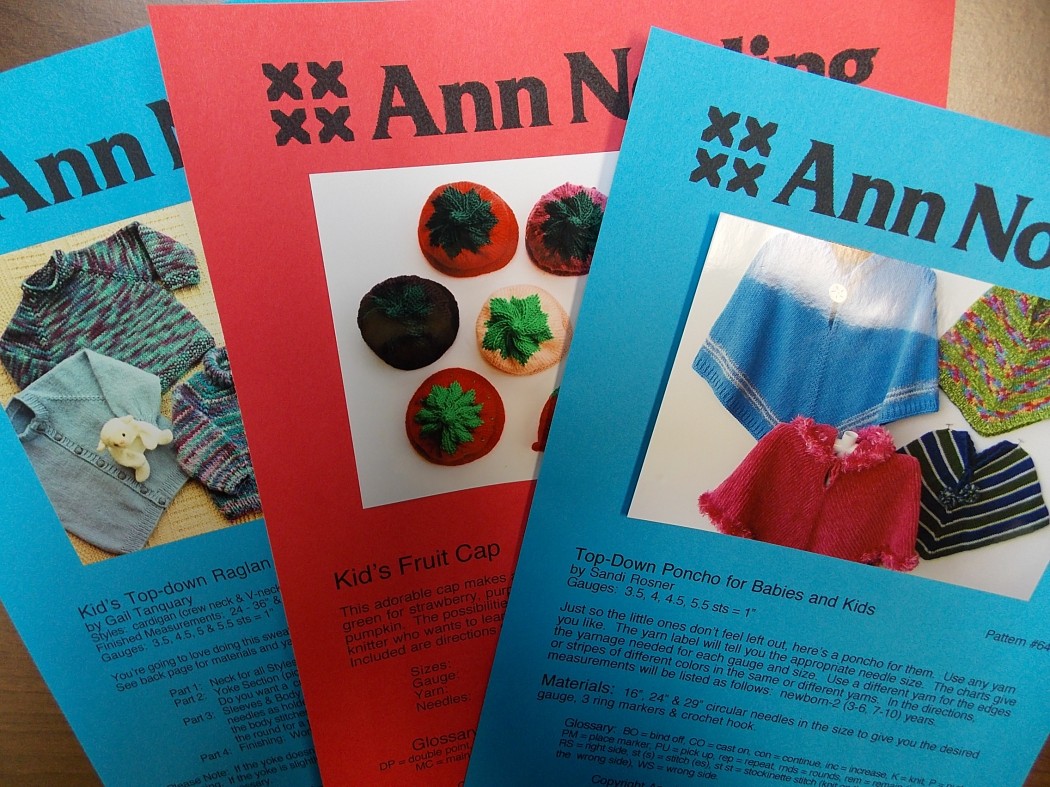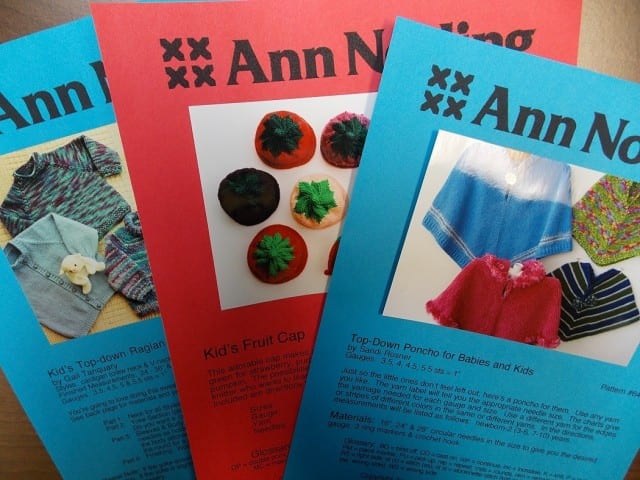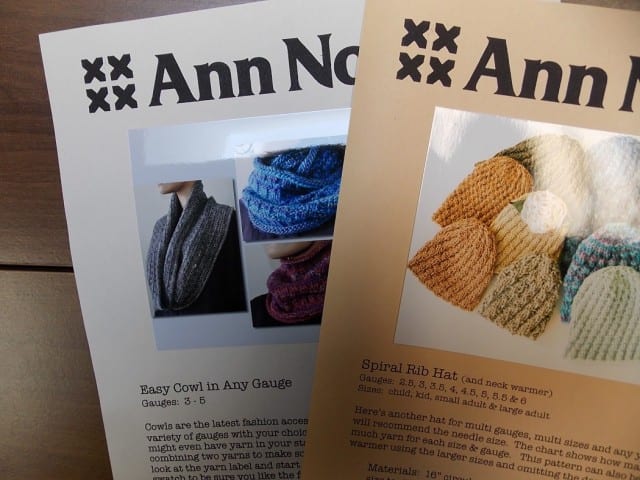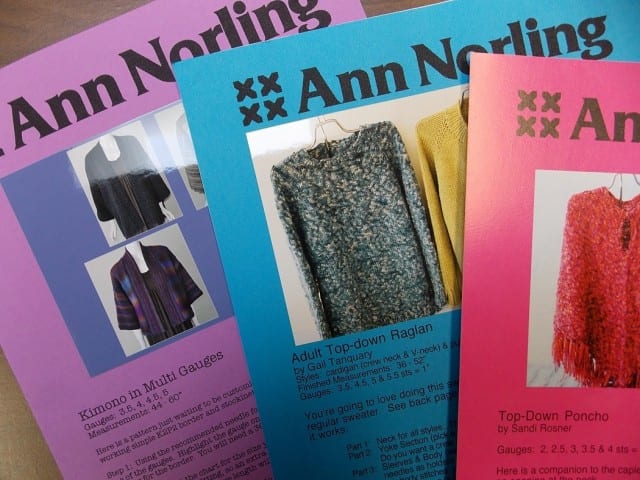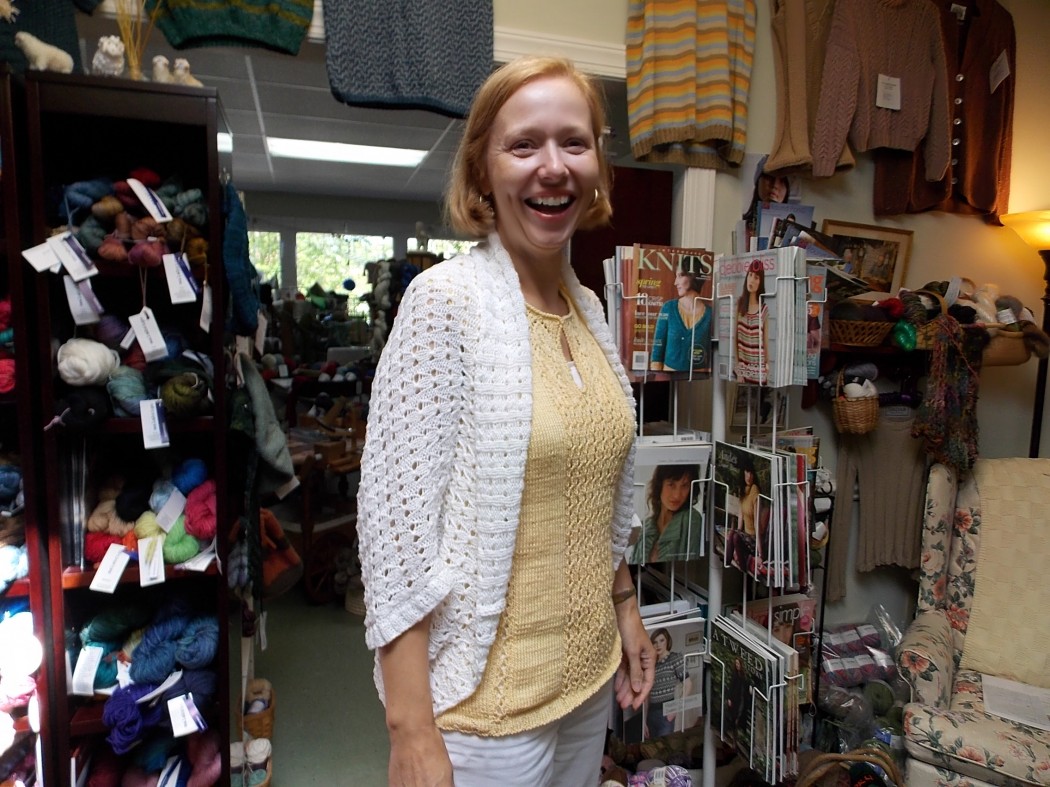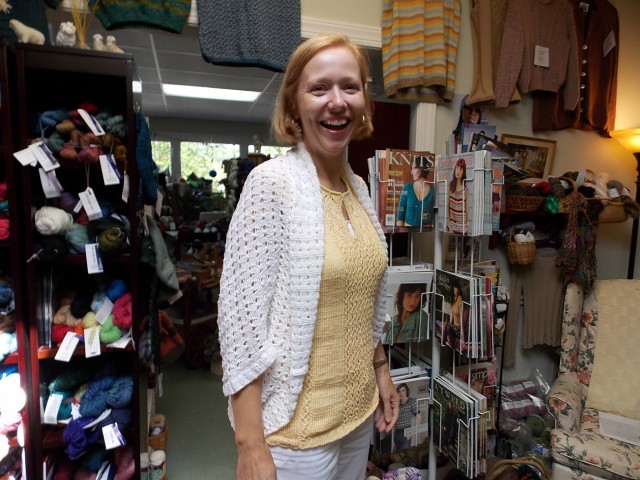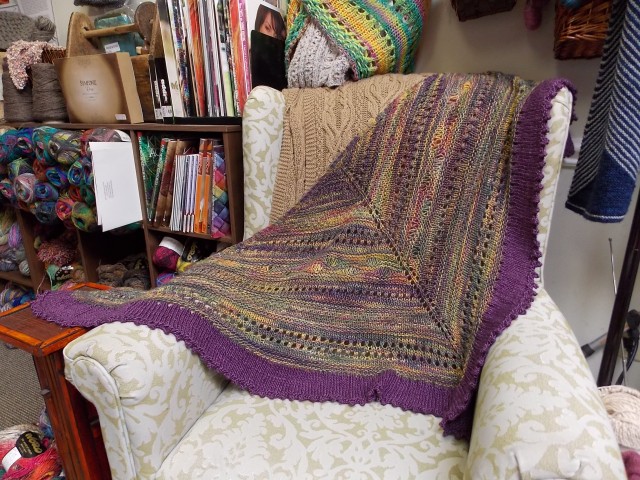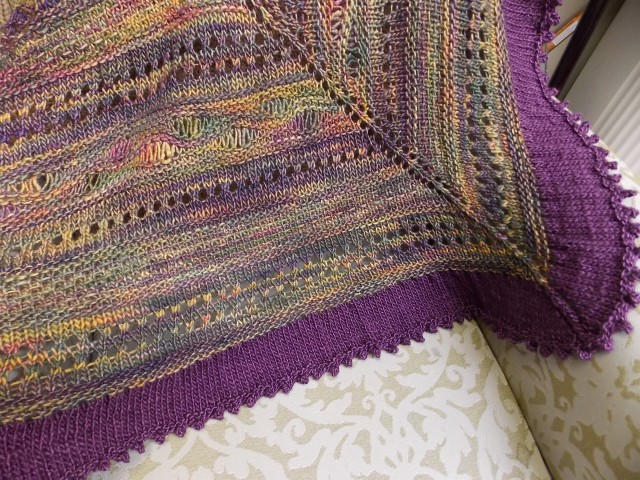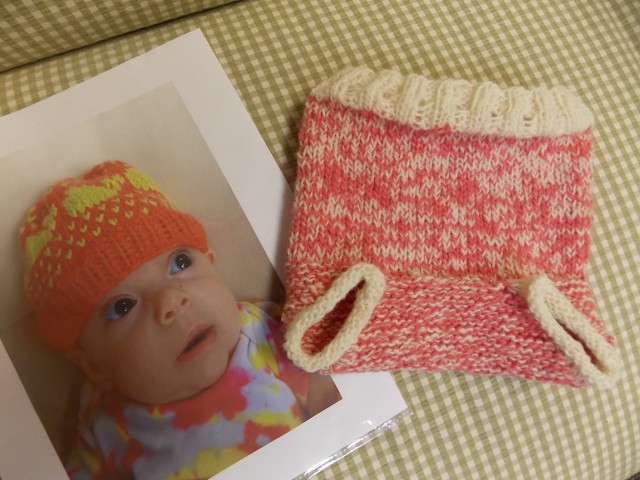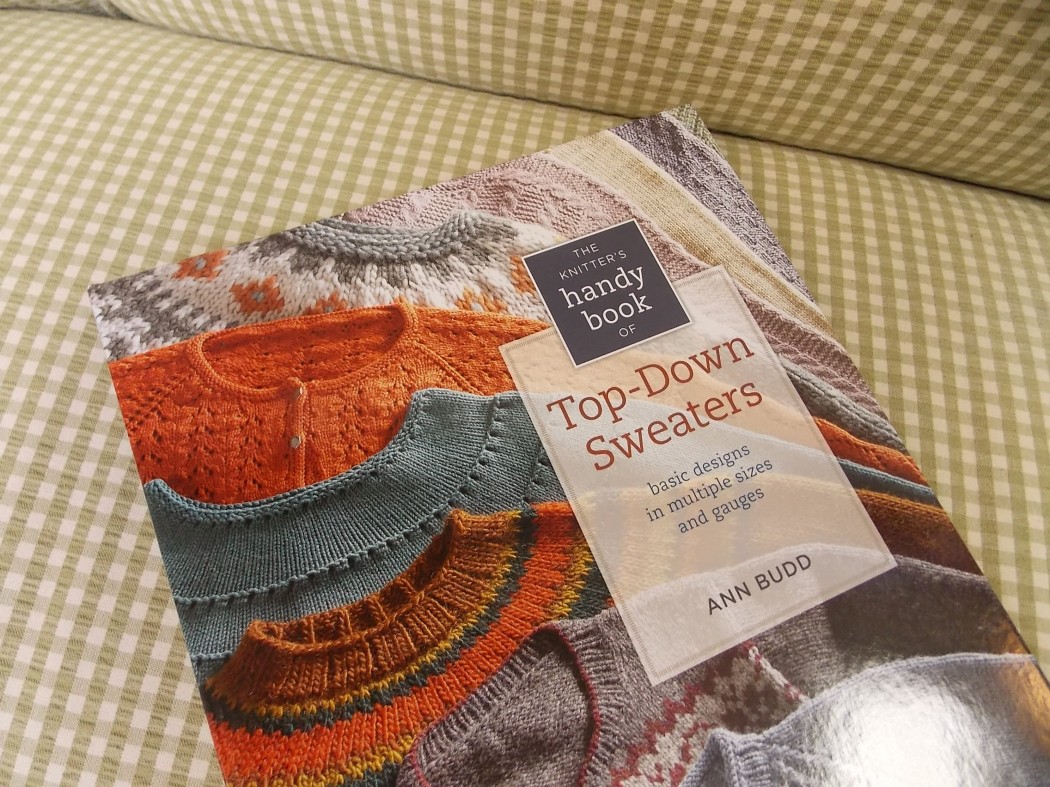Interweave has just published a new book by Ann Budd, The Knitter’s Handy Book of Top-Down Sweaters: Basic Designs in Multiple Sizes and Gauges, and a stack of them arrived at the shop last week. After studying it during several quiet moments at the shop, I decided it had to be part of my personal knitting library. Read on to learn why it might make a good addition to yours, as well.
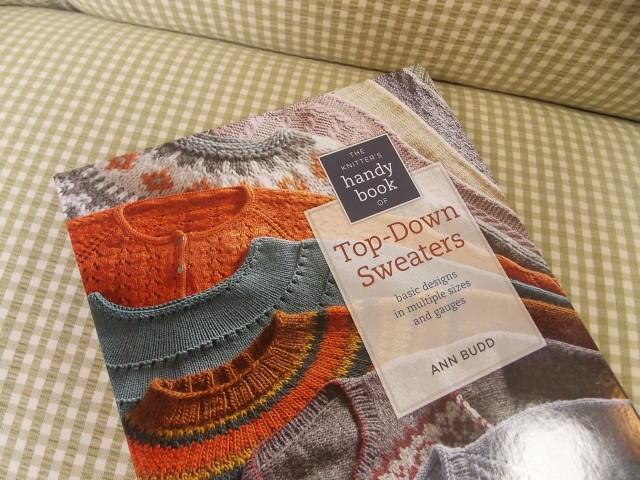
Ann Budd is the author of a great many knitting resources, including but not limited to Sock Knitting Master Class, The Knitter’s Handy Book of Patterns, and The Knitter’s Handy Book of Sweater Patterns. As I’ve written here before, we’re also quite fond of her Handy Guides to Yarn Requirements for knitting and crochet.
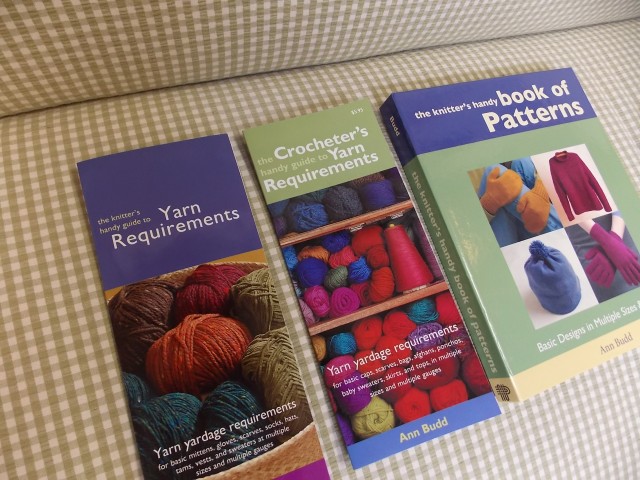
The Knitter’s Handy Book of Top-Down Sweaters is the latest in her series of Handy Books which give instructions for simple garments in a wide range of gauges and sizes. This collection, as the title makes plain, is full of seamlessly-constructed sweaters that begin at the neck, working from the top down.
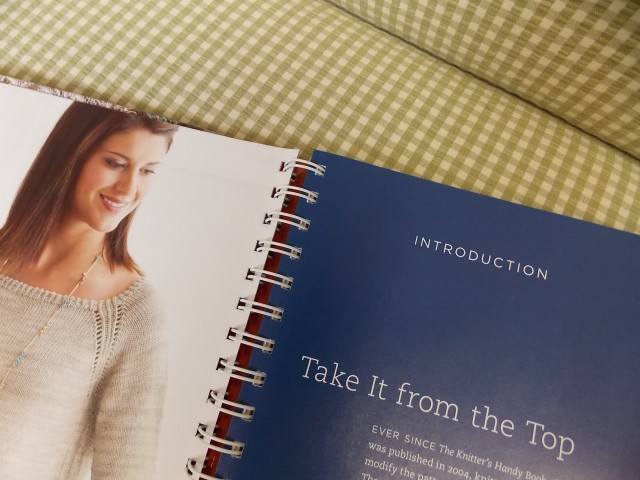
Some knitters begin a new project by falling in love with a pattern, then hunting for just the right yarn to match the gauge that the pattern asks for. Some knitters begin by falling in love with a skein of yarn, then go looking for a pattern to match. Ann Budd’s Handy Books can work either way, I think, but do a real service for the second group. For each basic top-down sweater shape, Budd gives instructions for range of sizes, from children to adults, and a range of gauges. Whether you’ve fallen in love with a sport weight yarn or an aran weight yarn, you can choose from any pattern in the book and follow the directions in your chosen size and gauge. Budd also gives yarn requirements for every size and gauge, so once you’ve fallen in love with that yarn, you’ll know how much to get.
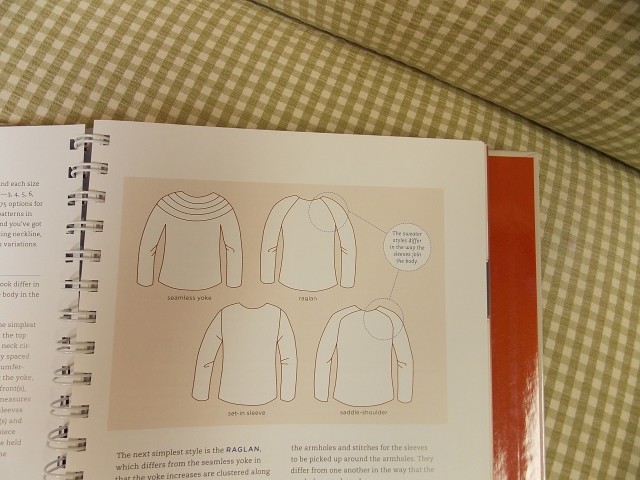
The book is divided into four sections, by the sweater’s yoke shape: seamless yoke, raglan, set-in sleeve, and saddle-shoulder. For each shape, along with the general instructions are three good-looking patterns. Some are designed by Ann Budd, and others by guest designers Jared Flood, Veronik Avery, Pam Allen, and Anne Hanson.
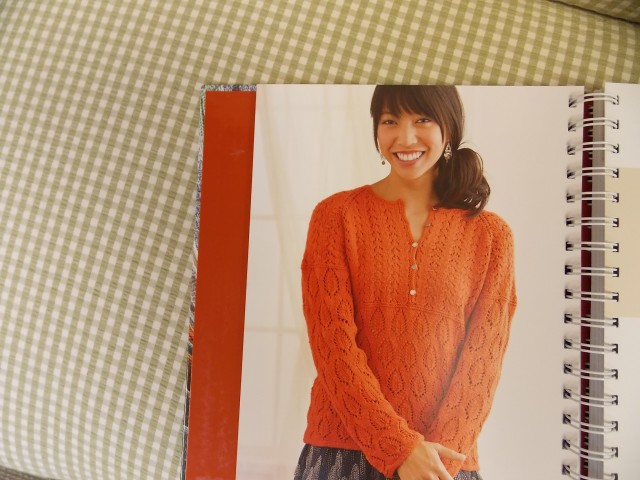
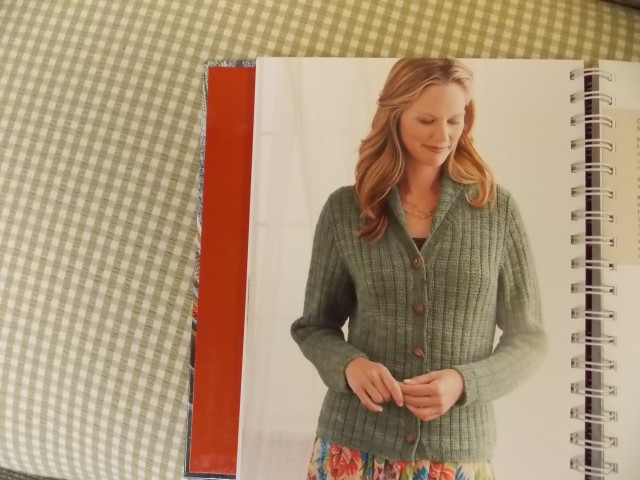
Budd also includes plenty of information on modifying her general instructions, making it easy to add color or texture patterns, and create different kinds of neckbands, collars, button bands, waist shaping, and edgings.
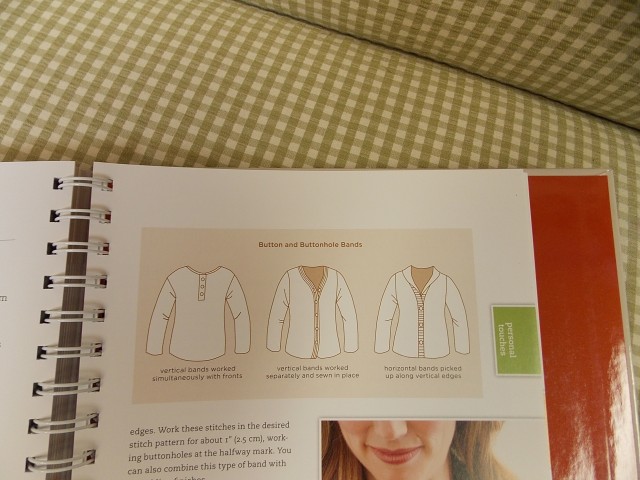
I’ve knit very few sweaters from the top down, having grown accustomed to using Elizabeth Zimmermann’s Percentage System (EPS) to knit unique sweaters from the bottom up. While EPS makes sweater design into a doable math problem, Ann Budd’s Handy Book of Top-Down Sweaters is like the teacher’s edition–a series of sweater math problems shown with every possible answer. For knitters who love to knit seamless sweaters and make them their own using whatever yarn they’ve fallen in love with, this is the ultimate resource. Come by the shop to take a closer look at The Knitter’s Handy Book of Top-Down Sweaters!

